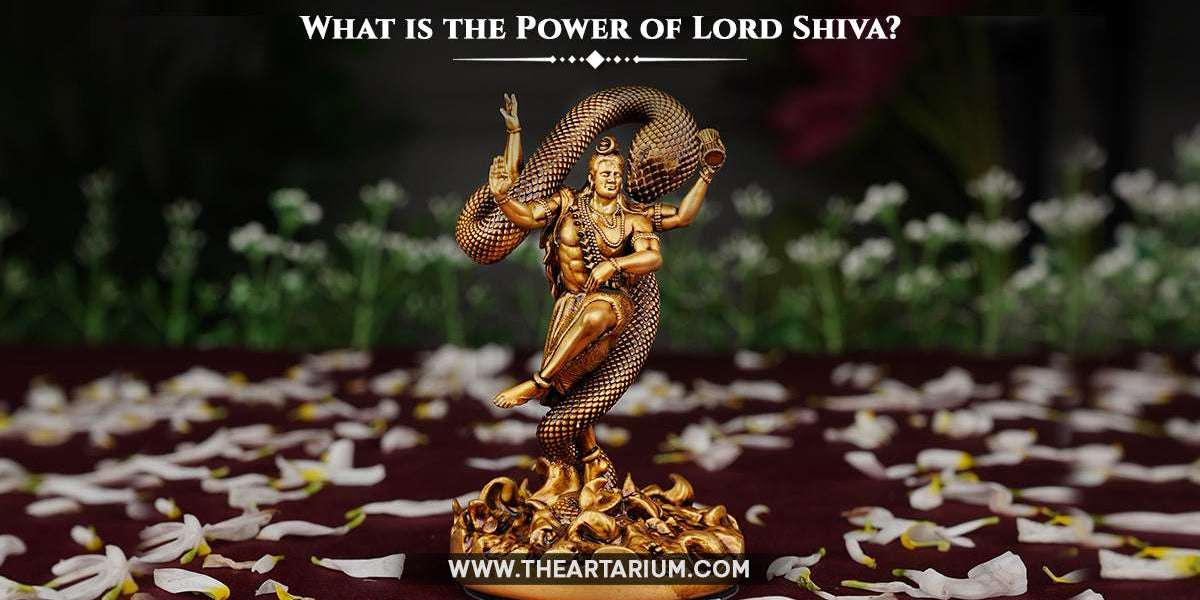Lord Shiva, one of the principal deities in Hinduism, embodies a complex and multifaceted power that transcends simple definitions. Revered as the Destroyer within the Hindu trinity (Trimurti), which also includes Brahma the Creator and Vishnu the Preserver, Shiva's power is vast, encompassing aspects of creation, preservation, destruction, and transformation. This exploration delves into the divine powers of Lord Shiva, shedding light on his significance in the cosmic order and spiritual life.
The Power of Destruction and Transformation
At the heart of Shiva's power is his role as the destroyer. However, this destruction is not merely about annihilation but is intrinsically linked to regeneration and transformation. Shiva's destruction paves the way for new creation, symbolizing the cyclical nature of the universe.
Cosmic Dissolution: Shiva's dance of destruction, known as the Tandava, is a powerful representation of his ability to dissolve the universe, making way for its renewal. This dance is not just an end but a prelude to a new beginning, emphasizing the continuous cycle of birth, death, and rebirth.
Transformation and Purification: Shiva is also associated with the power of transformation. He destroys not just physical forms but also ignorance, ego, and illusion. This transformative power is essential for spiritual growth, as it purifies the soul, leading to enlightenment.
The Power of Creation and Preservation
While predominantly known as the destroyer, Shiva also possesses creative and preservative aspects, demonstrating his integral role in maintaining cosmic balance.
Creative Power: In his form as Ardhanarishvara, where he is depicted as half male and half female, Shiva embodies the union of masculine and feminine principles, highlighting his creative power. This form symbolizes the synthesis of energies necessary for creation.
Preservation through Destruction: Shiva's destructive acts are also a means of preserving cosmic order. By eliminating evil and ignorance, he maintains the balance of the universe, ensuring the triumph of good over evil.
The Power of Compassion and Protection
Shiva is also venerated for his deep compassion and protective nature, which manifest in various aspects of his divine persona.
Ashutosh – The Easily Pleased: Shiva is often called Ashutosh, meaning one who is easily pleased. His compassionate nature allows him to grant boons readily to his devotees, forgiving their sins and guiding them towards righteousness.
Protector of the Devotees: In many stories and legends, Shiva is depicted as a fierce protector of his devotees. His powerful presence wards off evil and grants safety and security to those who seek his refuge.
Symbolic Representations of Shiva’s Power
Shiva's power is symbolized through various forms and attributes, each representing different aspects of his divine nature.
The Third Eye: Shiva's third eye represents his power of higher perception and his ability to see beyond the physical realm. It signifies the destruction of evil and ignorance, bringing light and wisdom.
The Trident (Trishul): The trident is a symbol of Shiva's threefold power of creation, preservation, and destruction. It also represents the three fundamental aspects of existence: physical, mental, and spiritual.
The Serpent: The serpent around Shiva's neck signifies his mastery over ego and primal forces. It also symbolizes his power over time and death, highlighting his role as the eternal and timeless lord.
The Crescent Moon: The crescent moon on Shiva's head symbolizes the cyclical nature of time and his control over it. It also represents immortality and the rejuvenating power of the divine.
The Spiritual Power of Lord Shiva
Beyond his cosmic roles, Shiva's power holds deep spiritual significance for his devotees.
Meditation and Inner Peace: Shiva is the ultimate yogi, embodying the pinnacle of meditation and asceticism. His power is a source of inspiration for those seeking inner peace and spiritual enlightenment.
Destroyer of Illusions: By invoking Shiva’s power, devotees aim to transcend the illusions (maya) of the material world, achieving liberation (moksha). His guidance helps them overcome desires and attachments, leading to a higher state of consciousness.
Conclusion
The power of Lord Shiva is a multifaceted force that embodies destruction, transformation, creation, preservation, compassion, and protection. As the cosmic destroyer and the benevolent protector, Shiva’s power transcends the physical realm, guiding devotees on their spiritual journey towards enlightenment. His diverse aspects and symbolic representations serve as profound reminders of the cyclical nature of existence and the ultimate goal of spiritual liberation.







